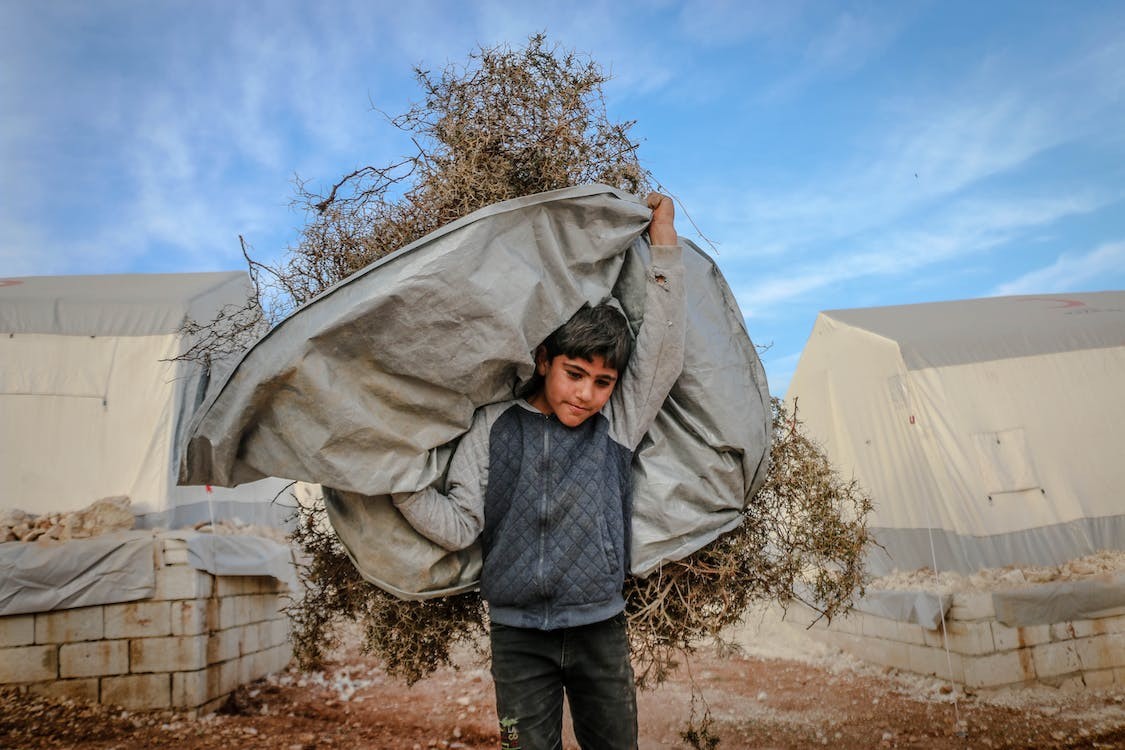International Child Law Protection: A Simple Guide
Image source: Pexels.com
Hi, friends! Welcome to my blog. Today, I want to share with you some basic information about international child law protection. This is a very important topic that affects children all over the world. Let me explain what it is, why it matters, and how it works.
What is International Child Law Protection?
International child law protection is a set of rules and principles that protect the rights and well-being of children in different countries and situations. It covers many things that children need, such as health, education, safety, family, identity, culture, and participation. It also protects children from harm, such as abuse, exploitation, violence, trafficking, and discrimination.
International child law protection is based on the idea that children are human beings with dignity and worth. They have the same human rights as adults, but they also have special needs and interests that need attention and care. Therefore, international child law protection gives children the right to express their views and to be heard and respected.
Why is International Child Law Protection Important?
International child law protection is important because it helps children to grow up in a safe and supportive environment that helps them to reach their full potential. It also helps to prevent and address the problems and dangers that children face in different parts of the world, such as poverty, war, natural disasters, migration, and displacement.
International child law protection is also important because it shows the values and commitments of the international community. It shows that countries care about children and work together to promote and protect their rights. It also shows that countries respect the diversity and uniqueness of children and their cultures.
How is International Child Law Protection Implemented?
International child law protection is implemented through various tools and methods that have been created by different actors and organizations over time. Some of the most important ones are:
- The Convention on the Rights of the Child (CRC): This is the most complete and widely accepted international treaty on children’s rights. It was adopted by the United Nations in 1989 and has been signed by almost every country in the world. It defines the basic rights and duties of children, parents, states, and other parties in relation to children’s survival, development, protection, and participation.
- The Optional Protocols to the CRC: These are extra treaties that deal with specific issues or groups of children that need more protection. There are three optional protocols: one on children in armed conflict; one on the sale of children, child prostitution, and child pornography; and one on a way for children to complain about violations of their rights.
- The Committee on the Rights of the Child: This is a group of experts that checks how countries implement the CRC and its optional protocols. It reviews reports from countries every five years and makes suggestions on how to improve their compliance with the treaty. It also gives general comments on various aspects of children’s rights.
- The Special Representative of the Secretary-General on Violence against Children: This is an independent advocate who works to raise awareness and mobilize action against all forms of violence against children. He or she advises the UN Secretary-General on this issue and engages with governments, civil society, children, and other stakeholders to promote prevention and response measures.
- The Special Rapporteur on the Sale of Children: This is an independent expert who reports to the UN Human Rights Council on the situation of children who are victims or at risk of sale, trafficking, sexual exploitation, or other forms of abuse. He or she visits countries, receives complaints from individuals or groups, and makes recommendations on how to protect children from these violations.
These are just some examples of how international child law protection is implemented. There are many other actors and methods involved in this field, such as UNICEF, Humanium, ICMEC, regional organizations (such as the European Union or the African Union), national governments, local authorities, courts, lawyers, judges, social workers, teachers, parents, NGOs (such as Save the Children or World Vision), religious groups (such as Caritas or Islamic Relief), media (such as BBC or Al Jazeera), celebrities (such as Angelina Jolie or Malala Yousafzai), and most importantly: children





0